Sales Tax Rate For San Francisco Ca – These acts of generosity remind us that there are still things in life that cannot be bought, cannot be sold, and cannot be quantified. This pride comes not just from the product itself, but from knowing that you are supporting a tradition of craftsmanship and care. They become part of the story of the buyer and the creator, connecting people to a tradition of excellence, heritage, and care. In this broader sense, the concept of “for sale” is not just about the exchange of goods; it’s a driving force in the global economy, influencing how people live, work, and interact with the world around them. The rise of online platforms has transformed the way second-hand goods are bought and sold. Online business-for-sale marketplaces have made it easier than ever for individuals to find opportunities, compare businesses, and evaluate the potential of various investments. In this digital age, it often feels like there’s no such thing as privacy anymore, and that’s because we’ve essentially agreed to sell pieces of ourselves in exchange for recognition, affirmation, or even money. For buyers, the process typically starts with identifying a business that aligns with their interests, skills, and goals. But what about the intangible things? Can memories be bought? Can feelings, emotions, or connections be traded? In a sense, many people would argue that in today’s world, even the intangible is up for grabs. In some cases, buyers may also acquire businesses with existing intellectual property, such as patents, trademarks, or proprietary technologies, which can offer a competitive edge in the market. When someone buys a second-hand item, whether it’s a piece of furniture passed down through generations or a retro jacket from a bygone era, they are not just acquiring an object; they are connecting to a story, a memory, or a cultural moment. There are communities that exist outside the realm of traditional commerce, where sharing, collaboration, and mutual support take precedence over profit. As more people embrace the idea that everything has value, second-hand goods will continue to be a central part of the way
Quality goods for sale have always held a special place in markets around the world, captivating consumers with their promise of durability, performance, and timeless appeal. The dynamics of a sale can vary dramatically depending on the context. The rise of online platforms dedicated to the sale of second-hand goods has also played a significant role in the growing popularity of pre-owned items. Art, music, literature — these expressions of human creativity and emotion are not always bound by the rules of commerce. In times of financial hardship, such as during recessions or periods of high unemployment, more people may turn to second-hand goods as a way to save money. The advent of these online platforms means that consumers can hunt for items they might have otherwise overlooked or been unaware of, sometimes at a fraction of the original cost. Whether it’s the affordability, the environmental impact, or the opportunity to find unique items, second-hand goods provide an alternative to traditional retail shopping that is both practical and sustainable. A person might sell a beloved possession to fund an important life change, such as starting a business, moving to a new city, or pursuing a dream.
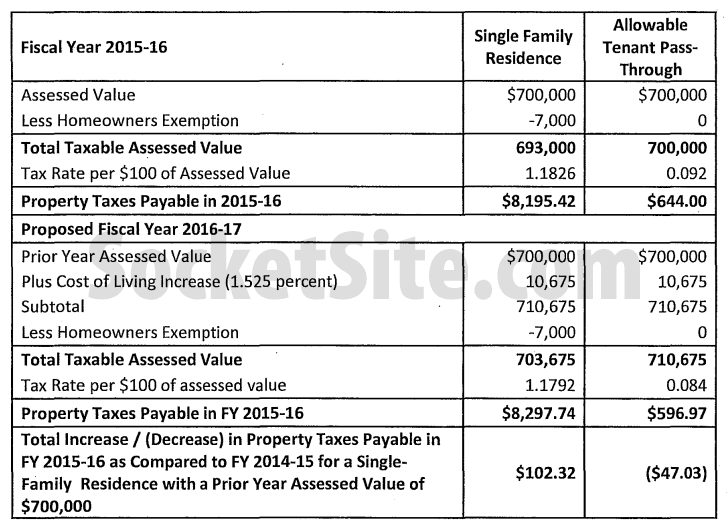
san francisco sales tax rate breakdown Griselda
The december 2020 total local sales tax rate was 8.500%. The average cumulative sales tax rate in san francisco, california is 8.71% with a range that spans from 8.63% to 9.88%. How much is sales tax in san francisco? In san francisco the total sales tax rate, including county and city taxes, ranges from 6.5% to 9.875% 2.25% to 3.125%).
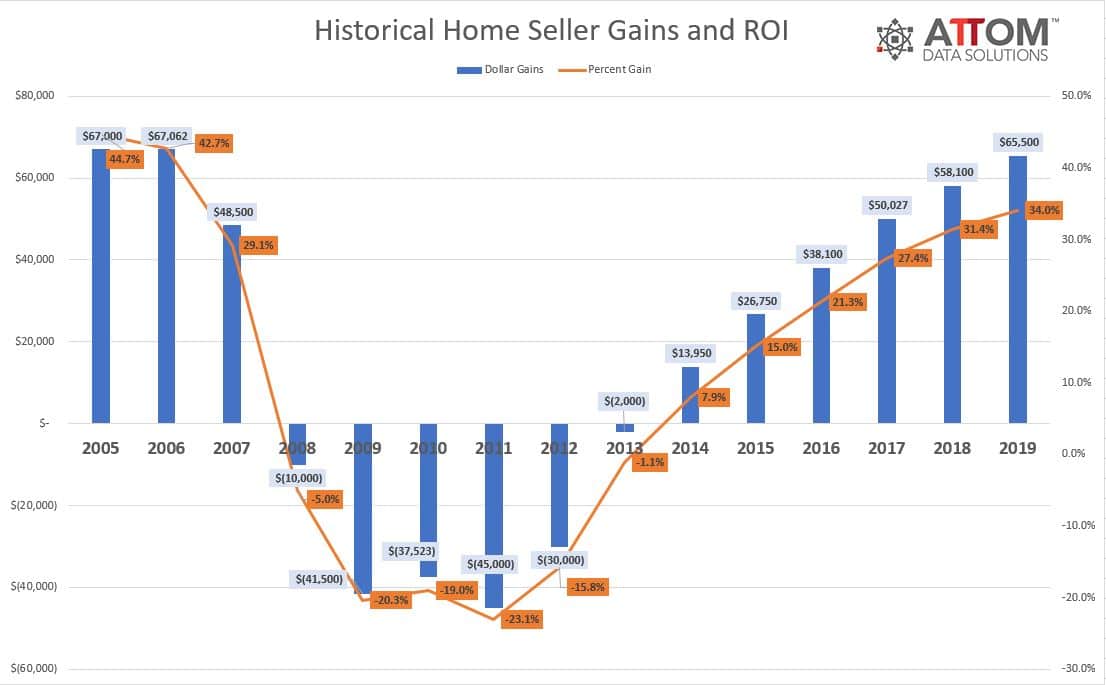
Millicent Israel
The december 2020 total local sales tax rate was 8.500%. The minimum combined 2025 sales tax rate for san francisco, california is 8.63%. California has a 6% sales tax and san francisco county collects an additional 0.25%, so the minimum sales tax rate in san francisco county is 6.25% (not including any city or special. The california sales tax rate.

California Sales Tax Guide for Businesses
How much is sales tax in san francisco? The december 2020 total local sales tax rate was 8.500%. Zillow has 865 homes for sale in san francisco ca. The statewide state sales tax rate in california is 7.25%, but since the county district tax sp is 1.38%, the minimum sales tax rate for san francisco is. This is the total.

Sales Tax San Francisco 2024 Ivory Letitia
These figures are the sum of the rates together on the state,. What is the sales tax in san francisco? How does the san francisco sales tax compare to the rest of ca? The minimum combined sales tax rate for san francisco, california is 8.5%. The california sales tax rate is currently 6.0%.
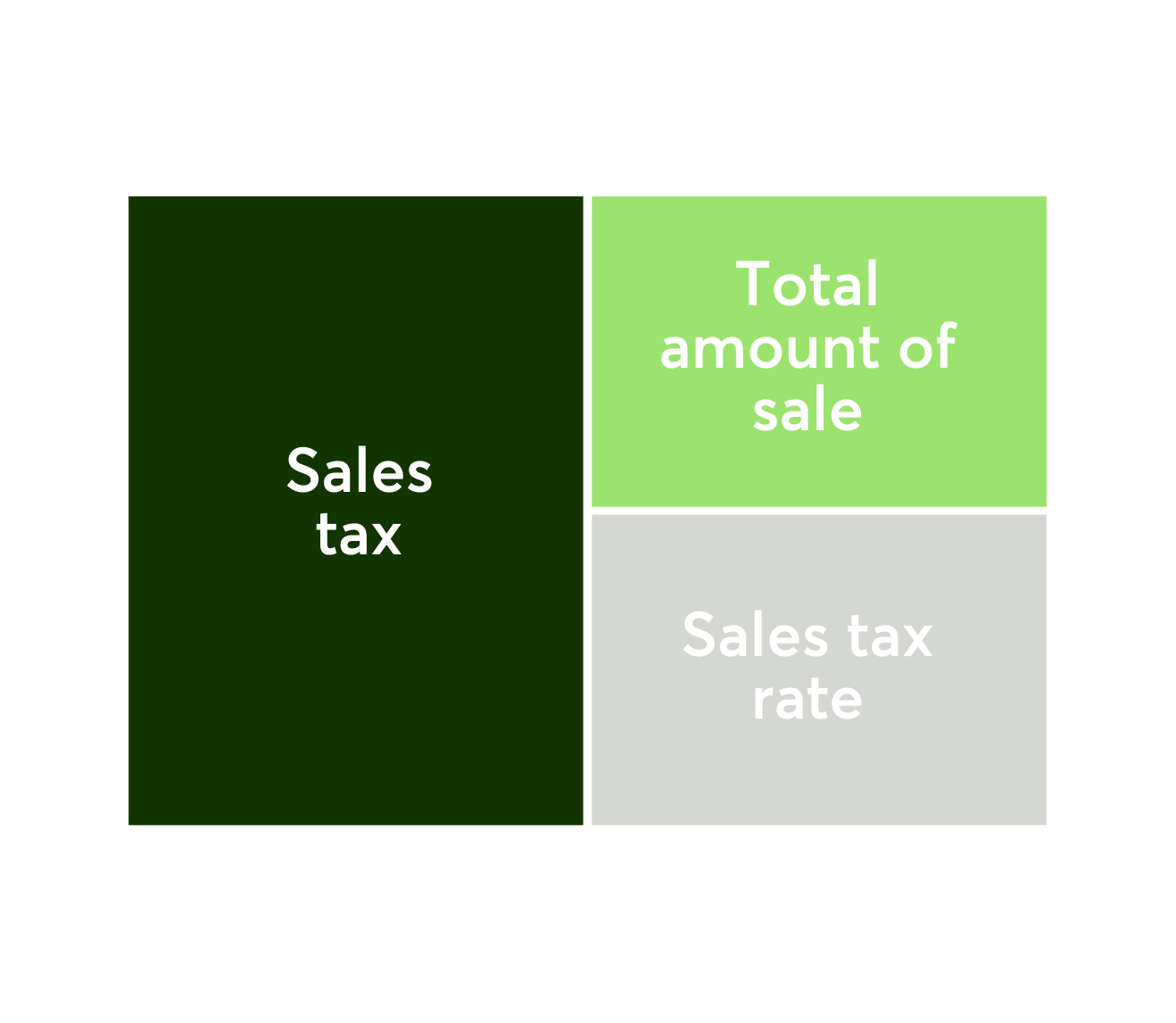
San Francisco Sales Tax Rate and Calculator 2021 Wise
This is the total of state, county,. This is the total of state, county, and city sales tax rates. The december 2020 total local sales tax rate was 8.500%. The california sales tax rate is currently 6.0%. What is the current sales tax rate in san francisco for 2024?
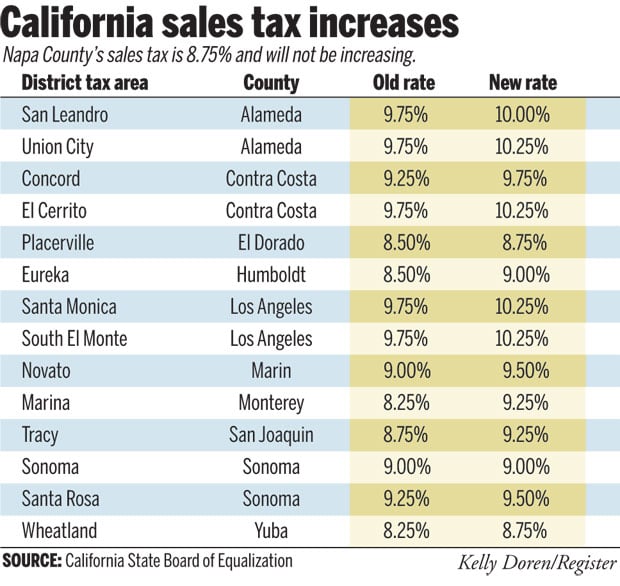
California County Sales Tax Rates 2023
The minimum combined 2024 sales tax rate for san francisco, california is 8.625%. The minimum combined 2025 sales tax rate for san francisco, california is 8.63%. The statewide state sales tax rate in california is 7.25%, but since the county district tax sp is 1.38%, the minimum sales tax rate for san francisco is. San francisco sales tax rate is.
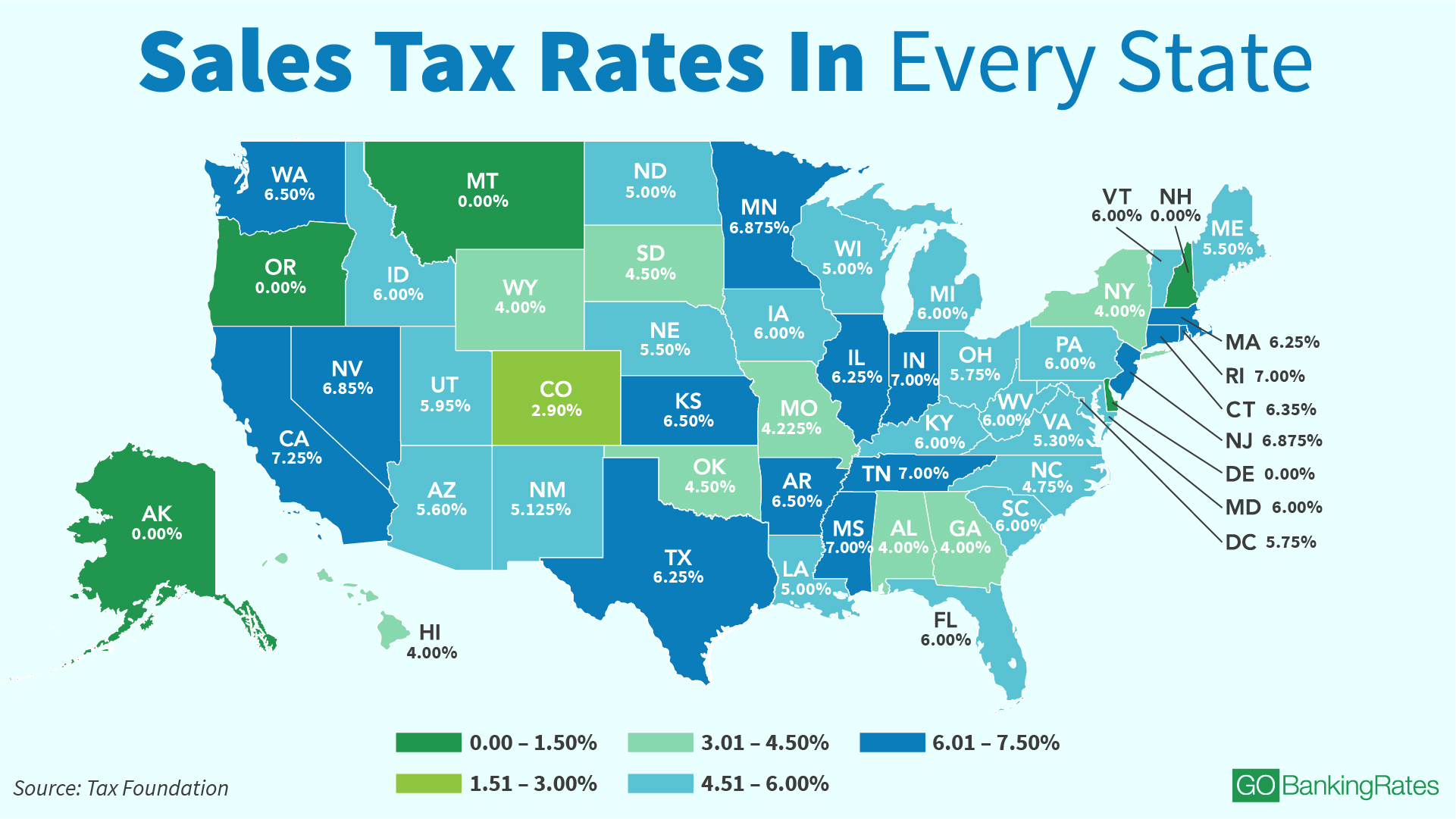
San Francisco Sales Tax Rate 2024 Dasya Emogene
The current sales tax rate in san francisco for 2024 is 8.625%. The minimum combined 2025 sales tax rate for san francisco, california is 8.63%. What is the sales tax in san francisco? View listing photos, review sales history, and use our detailed real estate filters to find the perfect place. California has a 6% sales tax and san francisco.

California Sales Tax Rates 2024 By County Marjy Reggie
What is the sales tax rate in san francisco, california? The state sets the sales tax in san francisco at 8.625%. View listing photos, review sales history, and use our detailed real estate filters to find the perfect place. How much is sales tax in san francisco? California has a 6% sales tax and san francisco county collects an additional.

south san francisco sales tax rate 2020 Savages Microblog Bildergalerie
The current total local sales tax rate in san francisco county, ca is 8.625%. The state sets the sales tax in san francisco at 8.625%. San francisco sales tax rate is 8.63%. The combined sales tax rate for san francisco, california is 8.63%. Look up the current sales and use tax rate by address.
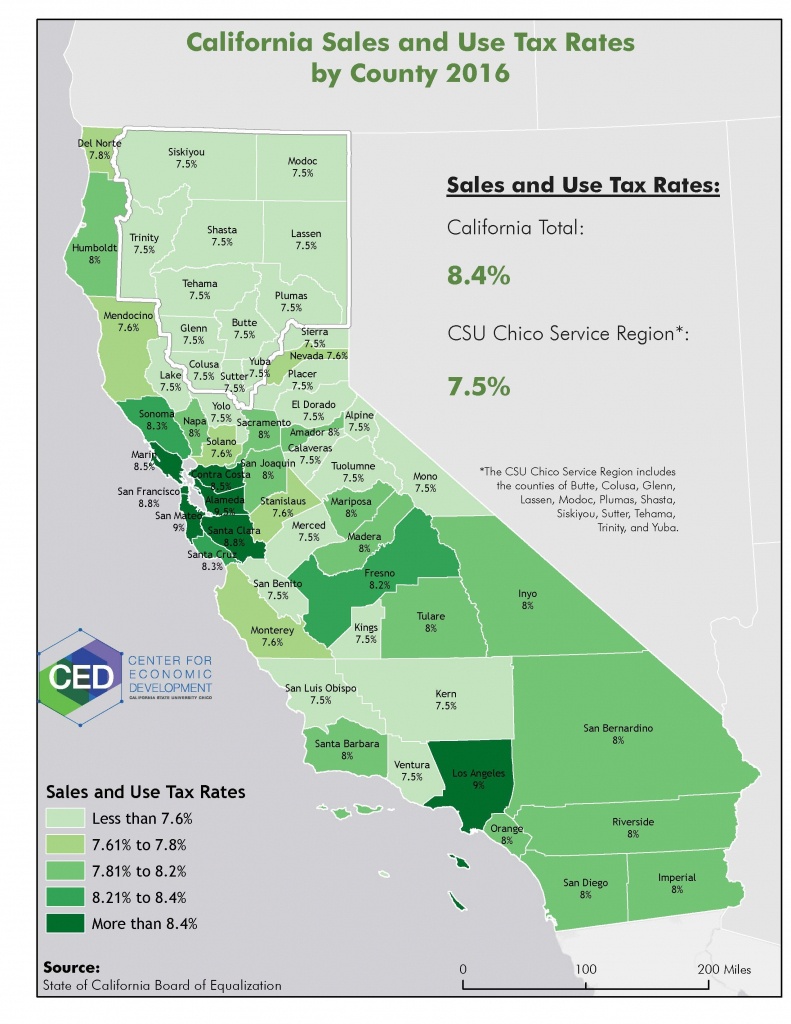
California Sales Tax Calculator 2024 Della Tabbie
How much is sales tax in san francisco? The statewide state sales tax rate in california is 7.25%, but since the county district tax sp is 1.38%, the minimum sales tax rate for san francisco is. These figures are the sum of the rates together on the state,. Look up the current sales and use tax rate by address. This.
Love becomes about what someone can provide in terms of material or emotional benefit, and friendships become alliances, where loyalty is traded for favor or influence. These acts of generosity remind us that there are still things in life that cannot be bought, cannot be sold, and cannot be quantified. As more people embrace the idea that everything has value, second-hand goods will continue to be a central part of the way
Quality goods for sale have always held a special place in markets around the world, captivating consumers with their promise of durability, performance, and timeless appeal. This connection between consumers and the creators of quality goods is something that’s been fostered for centuries. It carries with it a deep sense of commodification — the idea that every part of our lives, every piece of our history, every corner of our existence, has a price attached to it. The idea of “buying quality” is not just a luxury; it’s a mindset that encourages consumers to think beyond the momentary gratification of cheap purchases and focus instead on long-term value and satisfaction. A new smartphone, for example, can cost hundreds of dollars, but buying a used one can cut the price down by more than half. While there are certainly markets where affordable goods are a necessity, quality goods for sale often come with a premium price tag. But even as we wrestle with the implications of living in a world where everything is for sale, we also see that this reality is not entirely negative. This shift in mindset has contributed to a growing acceptance and even celebration of second-hand shopping, making it a mainstream activity that is not just about saving money but about making more thoughtful and responsible choices. Manufacturing new items requires energy, raw materials, and natural resources, all of which contribute to environmental degradation. Whether it’s the affordability, the environmental impact, or the opportunity to find unique items, second-hand goods provide an alternative to traditional retail shopping that is both practical and sustainable. In addition to offering unique items and affordable prices, many second-hand stores also serve an important social and community function. Some businesses are sold because the owner is ready to retire, while others might be sold due to financial difficulties or changes in the owner’s personal or professional life. Thrift stores, estate sales, and online marketplaces are excellent places to find second-hand furniture, with options ranging from antique and vintage pieces to more contemporary items. The sale and purchase of second-hand goods play a pivotal role in this transition, demonstrating how individuals can make a meaningful impact through everyday choices. Overpricing an item can lead to it sitting unsold, while underpricing it can result in lost potential revenue. The growing interest in second-hand goods can also be attributed to shifting cultural attitudes toward consumption. In conclusion, the market for second-hand goods for sale is an ever-growing and dynamic space that offers numerous benefits to both buyers and sellers. In some cases, sellers may be willing to offer financing options, where they agree to receive payment over time, which can make the business more attractive to potential buyers.
Whether through local thrift stores, online marketplaces, or garage sales, the option to buy pre-owned items has created a flourishing market that continues to grow. This is especially true in a world dominated by fast fashion, disposable electronics, and mass-produced products. Many everyday products, such as kitchenware, footwear, and tools, can also be considered quality goods, provided they are made to last and perform well over time. Take, for example, a high-quality piece of furniture — a well-crafted sofa or dining table can last for decades if maintained properly. Vintage items, antiques, and pre-loved goods often carry stories and histories that new products simply cannot replicate. Whether someone is looking to sell their business as part of a strategic decision or to retire, or whether a potential buyer is seeking an opportunity to invest in an established company, the process of buying and selling businesses is a common yet intricate part of the global economy. In fact, there’s been a resurgence of interest in artisanal, locally-made products, especially in industries like fashion, home decor, and food. Quality goods for sale are not just limited to luxury items or high-end brands. When you look at something marked as “for sale,” you’re not only seeing an item; you’re seeing the possibility of a change, whether it’s the beginning of a new ownership, the end of a relationship with an object, or simply the result of a decision to move forward. When people buy second-hand items, they are extending the life cycle of those goods, which means fewer products end up in the trash. The culture of buying second-hand goods is rapidly shifting in the modern world, particularly among younger generations. Another key benefit of second-hand goods is their positive impact on the environment. The act of selling a home is a deeply emotional process, and when it’s completed, there’s a sense of closure and anticipation for what comes next. In the realm of real estate, for instance, selling a house is often an emotional and logistical challenge. People are rediscovering the value of items that have been made by hand, with care and skill, as opposed to the impersonal, assembly-line products that dominate the marketplace. For environmentally conscious consumers, buying second-hand is not just a cost-effective choice, but a way to make a positive contribution to the planet. By purchasing second-hand items, consumers can help reduce the demand for new products, thereby lessening the environmental impact associated with manufacturing and shipping. But in the end, whether it’s an item or an individual, the process of being “for sale” is a negotiation of worth, a moment of exchange. While some people may be hesitant to purchase pre-owned electronics due to concerns about quality or reliability, the second-hand market for electronics has become increasingly trustworthy. Just as with material possessions, when a person is “for sale,” they put their value on display for others to assess.